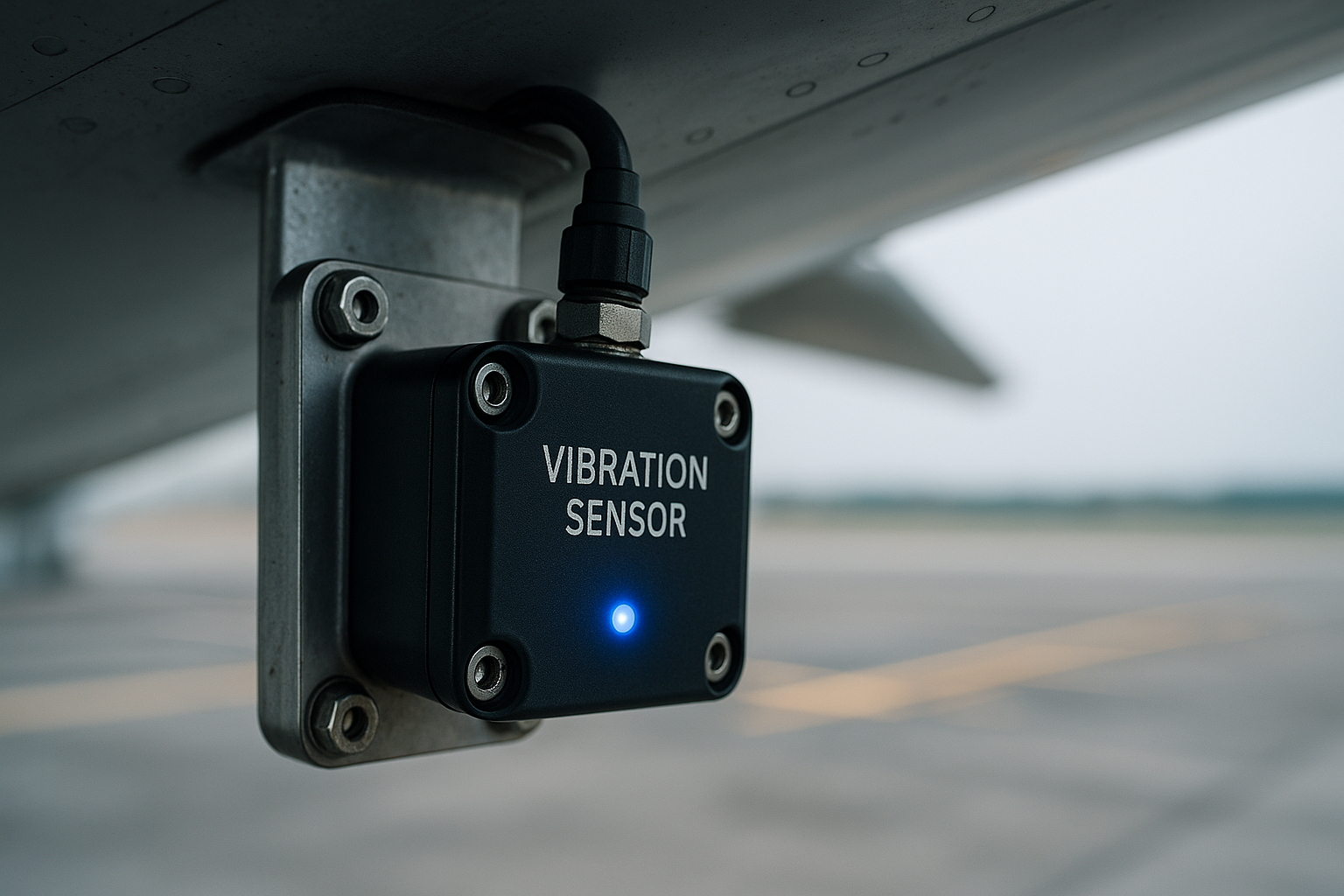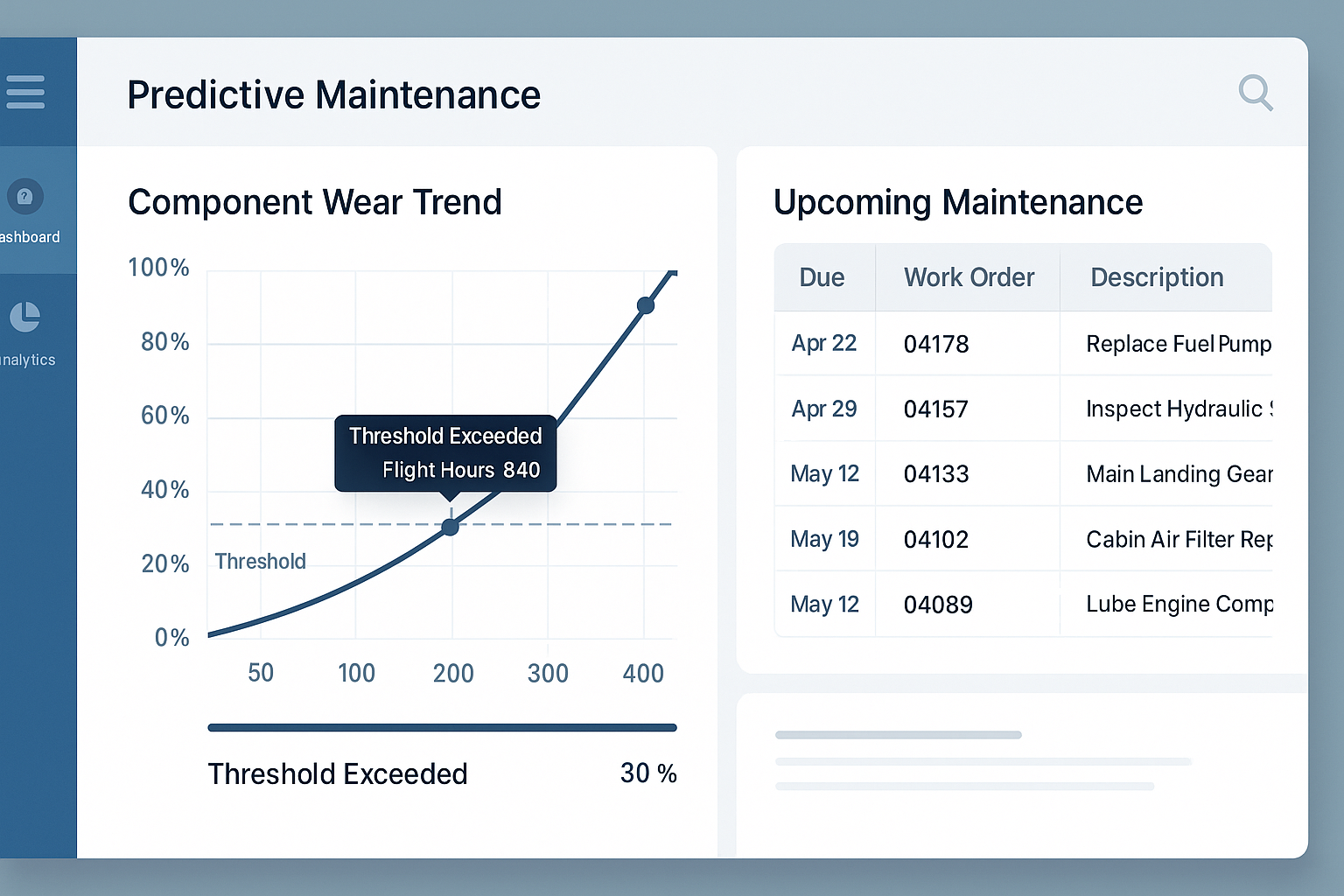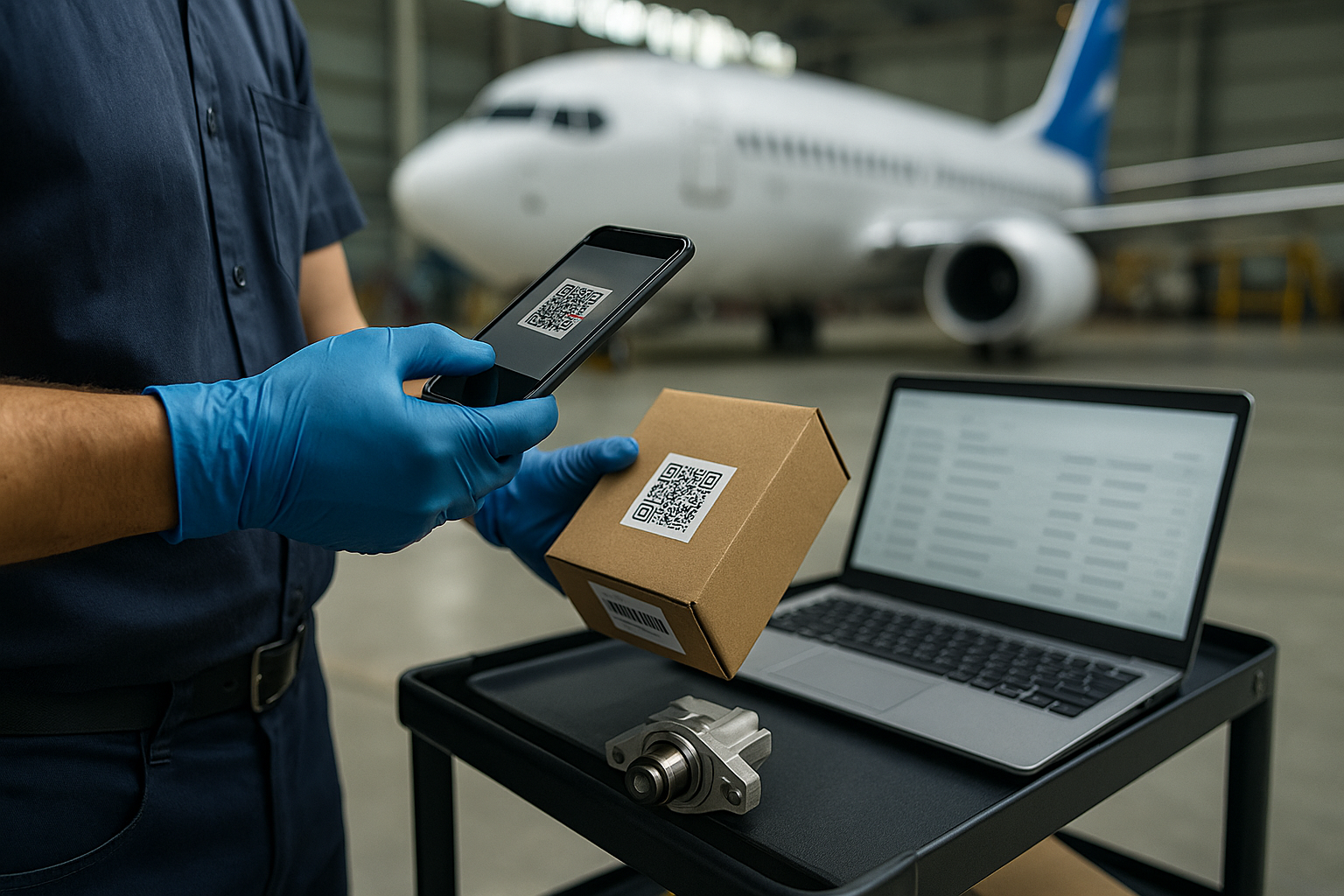
Every unscheduled grounding ripples through the network: passengers re‑book, crews run out of duty time, and premium freight flights whisk emergency spares around the globe. At $10‑25 K per AOG event, the economics of “fly‑to‑failure” collapsed long ago. Yet many operators still rely on fixed‑interval checks because they lack the data plumbing to do better.
Reactive models also hide inventory bloat. Planners who can’t trust their forecasts stock extra pumps, brakes, and filters “just in case.” This dormant capital drags down cash flow and storage space. Predictive maintenance aircraft strategies address both pain points: fewer unplanned events and leaner stores.
Predictive maintenance often gets lumped in with artificial intelligence, but modern solutions work with tried‑and‑tested statistical techniques such as moving averages, regression, and Weibull life‑curve fitting. That keeps your data‑science needs—and your regulator approvals—manageable.
New‑generation aircraft arrive with hundreds of built‑in sensors. Retrofit programs add low‑cost accelerometers or temperature probes to legacy fleets. These sensors stream vibration, pressure, or oil‑debris counts to ground in near‑real time via ACARS, SATCOM, or cellular during overnight layovers.

Once data land in the MRO system, simple thresholds flag anomalies: e.g., vibration trend up 0.2 IPS in 50 cycles. More advanced operators fit a regression line to each component’s historical curve and project Remaining Useful Life (RUL). Because these models are transparent, engineering can explain them to inspectors—unlike opaque neural networks.

When a fuel‑boost pump’s projected RUL drops below 60 flight‑hours, the system reserves an in‑stock rotable and inserts the change into the next overnight check. If stock is low, a purchase request fires automatically—no frantic calls to brokers.

Predicted work orders push to the day‑of‑ops schedule, so dispatchers can swap tails or pad ground times proactively. That saves schedule‑reliability penalties instead of incurring them.x
Fleet: 7 ATRs & Dash‑8s
Challenge: Frequent AOG due to tropical corrosion.
Solution: Sensor‑based corrosion‑index tracking.
Outcome: Significant reduction in unplanned groundings and urgent parts orders within the first year.
Although a major carrier, Delta’s strategy offers lessons. By applying simple RMS‑vibration thresholds on CFM56 engines, TechOps predicts bearing wear roughly 150 FH before failure, scheduling work during planned C‑checks instead of mid‑rotation AOGs.
Operators such as easyJet use Skywise to pool anonymized data. A single brake‑temperature outlier found on one A320neo can warn dozens of airlines in the consortium the same day—proof that data sharing multiplies predictive value.
Is predictive maintenance compliant with regulators?
Yes. Because the underlying models are deterministic trend analyses, auditors can trace each decision—no “black‑box” AI.
Do I need data scientists?
No. Leading platforms ship pre‑configured thresholds; engineering can tweak them with a point‑and‑click UI.
Will it displace our ERP or MRO suite?
Predictive modules sit on top via REST APIs, so you keep your existing finance and scheduling tools.
Predictive maintenance aircraft technology is available now—without the complexity or cost of full‑scale AI.
→ Book a demo and see how a data‑driven, transparent approach keeps your aircraft—and revenue—flying.
Downtime is optional. Predictive maintenance makes sure your fleet stays a step ahead of failure.